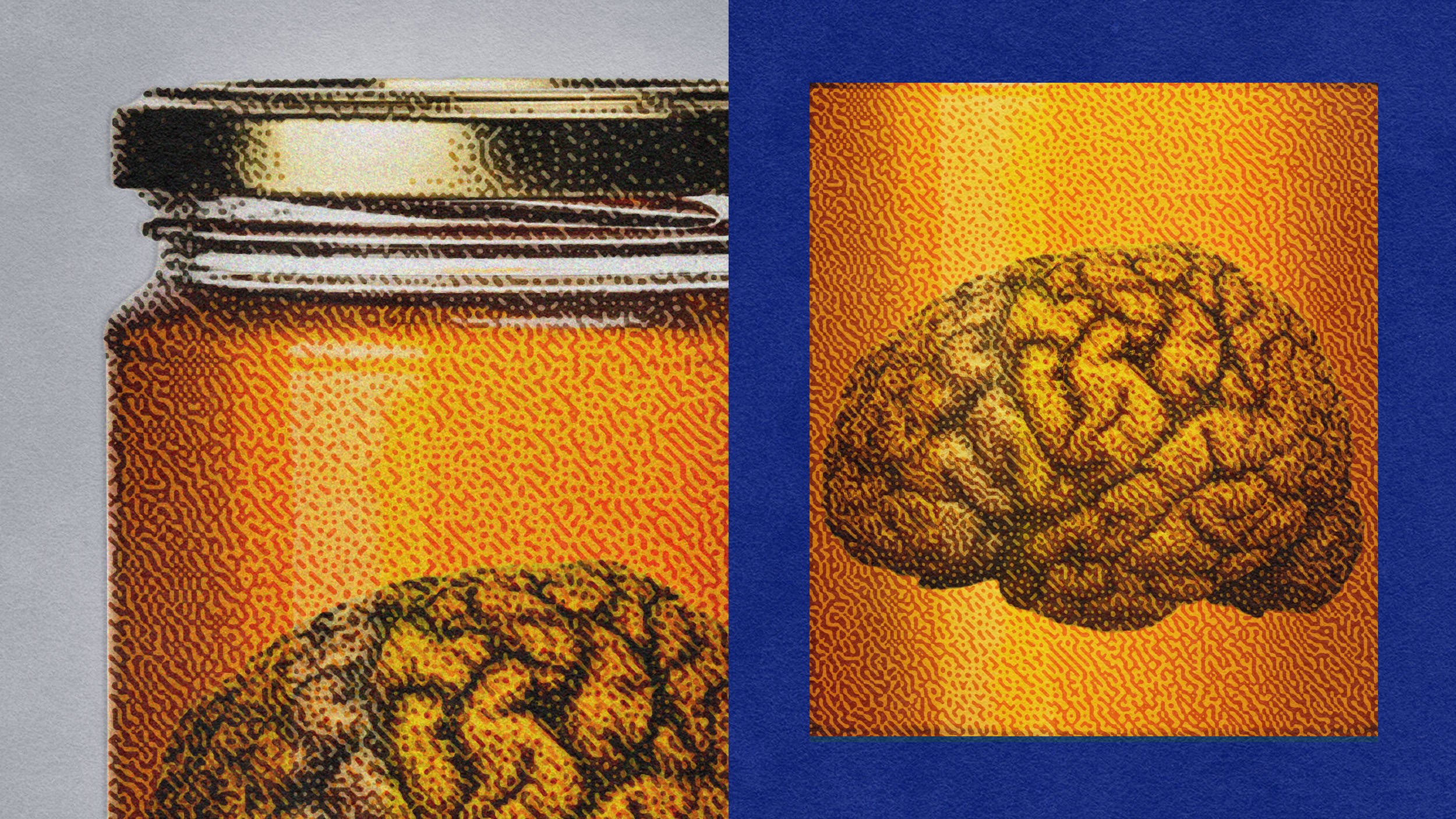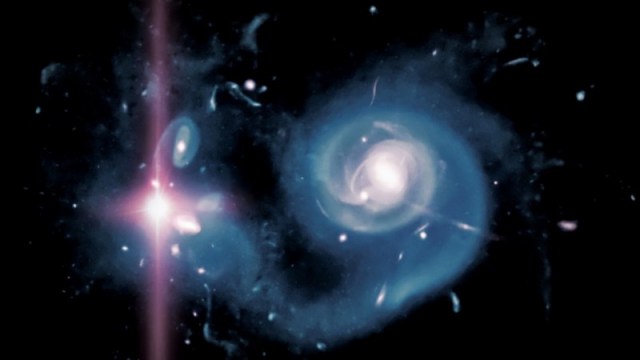Could there be an ‘exercise pill’ in the future?

Photo Credit: Sven Mieke / Unsplash
- A group of scientists found that boosting the protein Sestrin in mice and flies mimicked the effects of exercise.
- One hypothesis is that the protein activates metabolic pathways that result in certain biological benefits.
- Researchers hope these findings could eventually help scientists combat muscle wasting in humans due to physical limitation.
“I’m so tired, I wish I could just download these miles into my cells,” I moaned a few nights ago before reluctantly trotting off into the cold dark for an evening run. Unfortunately, society is not there yet. But science just got a tiny bit closer to letting us pop a pill and calling it a workout according to new research published this month in Nature Communications.
Exercise can be time-consuming, energy-draining, painful, and stressful. It’s also considered something of a panacea, offering a wide swath of health benefits. The magic ingredient responsible for the more glamorous results of working out is Sestrin, a natural protein that accumulates in the muscles after exercise. A group of scientists who have been studying the protein recently tested to see how boosting it in mice and flies affects the critters’ fitness levels. Their research showed that it pretty much mimicked the effects of exercise.
The study
The researchers needed to encourage some lab flies to workout. They did this by utilizing the insects instinct to climb up and out of a test tube and developed a contraption that worked like a fly “treadmill.” One group of flies was bred without the ability to produce Sestrin, the other was not. The flies were trained on the cardio device for three weeks, then matched up on their running and flying abilities.
“Flies can usually run around four to six hours at this point and the normal flies’ abilities improved over that period,” explained University of Michigan physiology professor Jun Hee Lee to a university health blog. “The flies without Sestrin did not improve with exercise.”
Additionally, when the researchers maximized Sestrin levels in the muscles of normal, untrained flies, they found that those flies actually outperformed the trained flies in fitness tests even though they hadn’t exercised. Interestingly, the flies with enhanced Sestrin didn’t develop any more endurance when they did exercise. It was as if they had already reached their max. But Sestrin can boost more than just endurance levels. When the mice were bred with Sestrin absent from their muscles, they lacked improvement in fat burning that is typically the result of exercise.
“We propose that Sestrin can coordinate these biological activities by turning on or off different metabolic pathways,” said Lee, who co-authored the study. “This kind of combined effect is important for producing exercise’s effects.”

Photo Credit: Flickr/e-MagineArt.com
So, about that exercise pill…
According to Lee, this study demonstrates that Sestrin by itself is able to produce most of the benefits that result from exercise and physical movement. But, sadly, those were just animals. In fact, scientists still are not sure how exactly exercise produces Sestrin in the human body. So, if you’re wondering when the Sestrin pill will hit the market for humans, it isn’t likely in the near future. But the intriguing results seen on other animals give the green light for researchers to continue exploring the effects that Sestrin has on humans. However, there are some complications involved with producing a Sesterin supplement.
“Sestrins are not small molecules, but we are working to find small molecule modulators of Sestrin,” Lee said.
A more pressing concern for the researchers has been how these findings could eventually help scientists combat muscle wasting due to physical limitation. In fact, they have already demonstrated that Sestrin can also help avoid the muscle atrophy that occurs when a muscle is immobilized. They want to find out if their research could lead to a new type of treatment for people who are unable to exercise because of a disability, age, or other physical restrictions.
How to train smarter
For now, it looks like we’ll all have to keep exercising the old school way if we want the results. Though it isn’t as easy as swallowing a pill, here are some ways that you can get more out of your workout.
- Have a pre-gym cup of joe. Drinking caffeine before working out has been found to enhance the benefits by stimulating your central nervous system.
- Take an herbal supplement. Ashwagandha and Rhodiola are two well-studied herbs found to offer athletic benefits. One study found that people who took an ashwagandha supplement saw significant improvements in their VO2 max, which is considered the best assessment of a person’s endurance abilities. Rhodiola has also been shown to have some pretty remarkable effects as a triple-threat analeptic for energy, focus, and vitality. (In fact, the Russians once secretly tested the herb on their Olympic athletes.)
- Try HITT. High-intensity interval training has become a popular gym trend because of its incredible efficiency. It’s been found to be one of the most effective exercises for achieving a leaner body.
As for the almighty Sestrin supplement, we can keep dreaming.





